Filter by
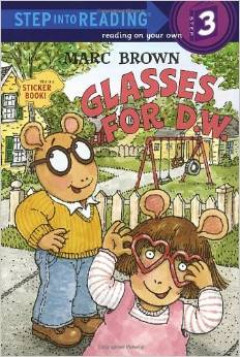
Glasses for D.W.
D.W. wants to wear glasses, just like her big brother, Arthur. After Arthur explains that without his glasses a hat looks like a bat and some string looks like a ring duck, D.W. sets out to prove that everything looks funny to her, too. Finally, Arthur finds a way to make his sister see the situation a bit more clearly!
- Edition
- -
- ISBN/ISSN
- 0679867406
- Collation
- -
- Series Title
- -
- Call Number
- F BRO g
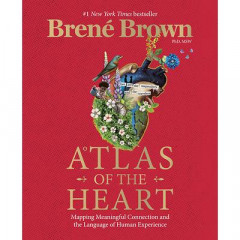
Atlas of the heart: mapping meaningful connection and the language of human e…
In Atlas of the Heart, Brown takes us on a journey through eighty-seven of the emotions and experiences that define what it means to be human. As she maps the necessary skills and an actionable framework for meaningful connection, she gives us the language and tools to access a universe of new choices and second chances—a universe where we can share and steward the stories of our bravest and …
- Edition
- -
- ISBN/ISSN
- 9780399592553
- Collation
- 302 p. ; ill. ; 23 cm
- Series Title
- -
- Call Number
- 155 BRO a
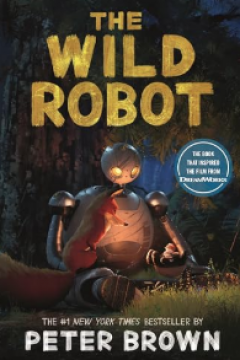
The wild robot
Can a robot survive in the wilderness? When robot Roz opens her eyes for the first time, she discovers that she is all alone on a remote, wild island. She has no idea how she got there or what her purpose is--but she knows she needs to survive. After battling a violent storm and escaping a vicious bear attack, she realizes that her only hope for survival is to adapt to her surroundings and lear…
- Edition
- -
- ISBN/ISSN
- 9781800789913
- Collation
- 320 p. ; 19,5 cm
- Series Title
- The Wild Robot #1
- Call Number
- F BRO w
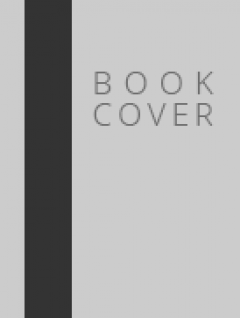
Scary Tales To Tell In The Dark
- Edition
- -
- ISBN/ISSN
- -
- Collation
- -
- Series Title
- -
- Call Number
- -
- Edition
- -
- ISBN/ISSN
- -
- Collation
- -
- Series Title
- -
- Call Number
- -

Voices In The Park
Four people enter a park, and through their eyes we see four different visions. There's the bossy woman, the sad man, the lonely boy, and the young girl whose warmth touches those she meets. As the story moves from one voice to another, their perspectives are reflected in the shifting landscape and seasons. not everything is what it seems, our prejudices affect how we view the world, and our ac…
- Edition
- -
- ISBN/ISSN
- 9780552545648
- Collation
- -
- Series Title
- -
- Call Number
- F BRO v

Is It Our Job to Protect the Environment?
Many people believe humans have a responsibility to take care of the planet. However, other people believe it isn't their job to protect the environment. Readers discover the facts behind these two opposing points of view and how those points of view determine people's actions.
- Edition
- -
- ISBN/ISSN
- 9781534525726
- Collation
- 24 p. ; ill.
- Series Title
- -
- Call Number
- 360 ANT i

Should School Lunches Be Free?
School lunches should be free for all students. Some people might strongly agree with this statement, while others might strongly disagree. In order to engage in a debate about this topic that affects readers everyday lives, readers first need to understand both sides.
- Edition
- -
- ISBN/ISSN
- 9781534523340
- Collation
- 24 p. ; ill.
- Series Title
- Point Of View
- Call Number
- 360 ANT s
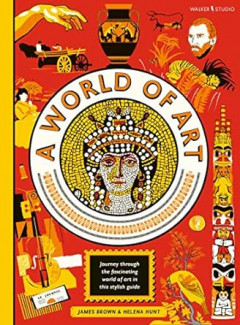
A World of Art
What is art, and how have we used it to express ourselves throughout history? From cave painting right up to pop art; the Renaissance to twentieth-century sculpture, discover the stories behind great movements, processes and artists – both the household names and the perhaps not-so-familiar.
- Edition
- -
- ISBN/ISSN
- 9781406393897
- Collation
- -
- Series Title
- -
- Call Number
- 701.8 BRO a
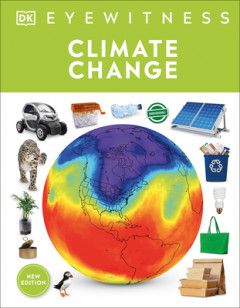
Eyewitness Climate Change
This essential guide explores Earth's climate, past and present, giving you the facts and figures behind one of today's most urgent issues, and investigates what we can all do to make a difference. Eyewitness Climate Change explains why human activities are making the planet heat up--and how we know for sure that this is the case. The book explores the effects of the changing climate, from m…
- Edition
- -
- ISBN/ISSN
- 9780744039061
- Collation
- -
- Series Title
- -
- Call Number
- BRO e
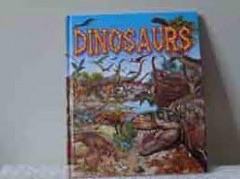
 Computer Science, Information & General Works
Computer Science, Information & General Works  Philosophy & Psychology
Philosophy & Psychology  Religion
Religion  Social Sciences
Social Sciences  Language
Language  Pure Science
Pure Science  Applied Sciences
Applied Sciences  Art & Recreation
Art & Recreation  Literature
Literature  History & Geography
History & Geography